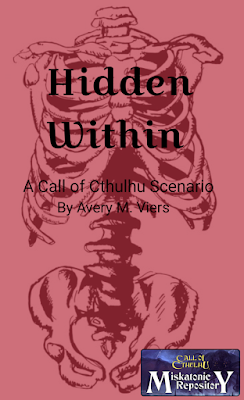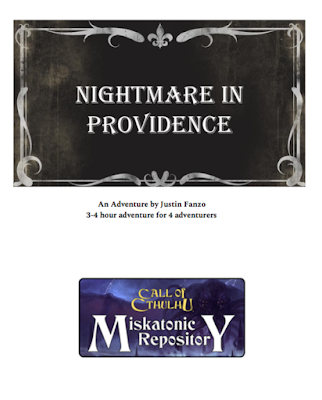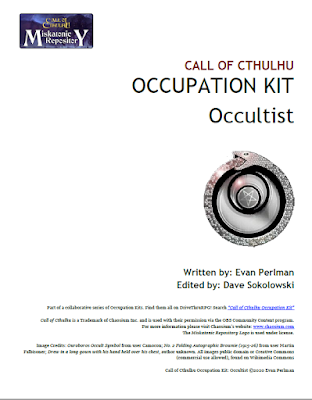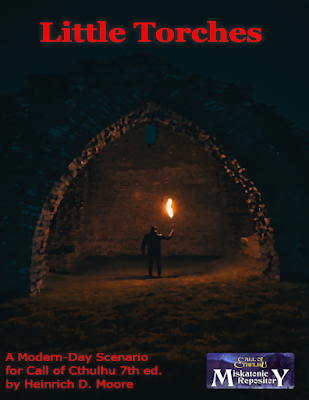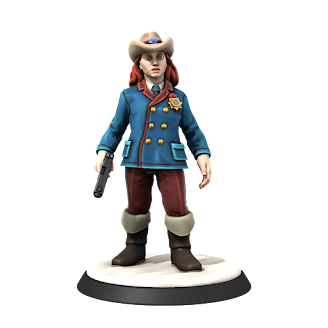Yesterday was fantastic!
I got to reprise my love of Dungeon mastering low level Old School Dungeons and Dragons.
I introduced my dear friends Scott and Raven to my Eldorath campaign world, a place I've been developing since High School in the late 80s. The characters began in the Barony of Baconbach, a place I've been using for Knightly Fightly wargames in recent years.

and the Characters are now based in the regional mercantile metropolis of Rosewich, recently annexed by the Barons of Baconbach.

The experience was carefully planned by Scott to be totally social distance appropriate (none of us are healthy enough to risk Covid, and our families are even worse risks) so Scott set up video equipment to project the small erasable game board I had, and the plastic fantasy figures (toys) to keep track of the locations of various characters, which was both easy to use and really helped narrate things clearly while keeping us at totally separate tables. I feared masks would make DM-ing difficult, but they were not a problem at all, so we were able to get the social immediacy you need for a good game and still maintain safety. Kudos to Scott and Raven for the brilliant plan. It indeed deserved to have a tail stuck to it and be called a weasel.
Scott wrote up a precis of the adventure a dungeon crawl in a small barrow dungeon, and I'll share it here so you can enjoy the flavor of our game;
Today began the adventures of Hēlin Fitor and Lighter Graves, cleric and wizard out to explore the lands of Baconbach.
We were met by an unarmored noble, who promised us both 20gp to explore a nearby dungeon. We would later meet at the small town of Rosewich to collect after we made a report of the contents.
With that we gathered our supplies and ventured within, encountering fire beetles feasting on the corpse of a badger. At first, we attempted to catch one in a bag to be sold as spell components to the local apothecary, but they proved too quick—at first. Three dead beetles and one live one in a sack later, we returned to town to sell out new treasure. The Apothecary was receptive to the beetle and offered store credit—which was immediately depleted on replenishing my spell components for my Magic Missile spell (special mistletoe).
We enocountered a sheet named Silvester, who enjoys butterflies, who joined the party, becoming a guide of sorts. Silvester was able to tell if items were magic, and this proved useful.
Exploring to the south led us to an alcove with a grinning unicorn carved into the keystone of the arch. It was a dead-end, containing a skeleton, which, once poked, animated and requested in a spanish accent some water, which Fitor offered from his waterskin. The skeleton acccepted, uttering only "Gracias" and picked a green emerald from its nares. It then collapsed into a disanimated pile of bones.
Having determined that nothing else of interest was in evidence, we turned north and explored there.
Upon returning to the room where we met Silvester, we listened carefully at the door to the north. Raven's character thought there was a sound of something moving amonst metal, trying to be quiet. We opened the door, and were surprised and the wizard was knocked down by a cross, talking pig which carried a silver spoon for a weapon.
After everyone recovered, an argument ensued. The DM used the word oleaginous, so I'm repeating it here; indications were clear this pig was not to be trusted. Slippery fellow, though perhaps not as well as he might have thought himself, as shall be seen.
He gave the name of Pickywiggy Boldpants and joined the party, filling the role of a thief.
After progressing into a room filled with rotting shipping barrels, the sound of sobbing was heard, emerging from the only intact barrel. This proved to be a dish, which, as soon as Hēlin freed the dish from the barrel, caused the silver spoon Pickywiggy had brandished as a weapon to speak: "Marsha? Is that you?"
The dish also spoke: "Jaughn!"
They seemed to require each others company, but Pickywiggy declined at first to part with the spoon, claiming value well beyond the copper, then gold pieces offered.
A brief battle ensued, and this time, we caught the pig in a burlap sack until he consented to accept the 2 gp payment offered. Once he agreed, he surrendered the spoon, took the 1gp (the second to be delivered in town), but he ran off as soon as he was released from the bag, claiming we had not seen the last of him.
The Dish and Spoon were then married by the cleric, and stored in a backpack together. We have no idea what to do with them at this point. I'm pretty sure it makes small sense to sell sentient silverware.
Digging through some offal with a gigantic rib netted the party a ring (which Silvester suggested was ordinary), and we then encountered a basin with water tricking into it. It seemed ... clear enough, so Hēlin filled his waterskin and sipped it, and promptly fell into a deep sleep which lasted an hour.
After rousing from slumber, the party left the dungeon to rest and prepare for their next foray.
Treasure:
- 1100 cp (tithed to the church in town)
- 10 £c. (banked)
- green emerald mucolith (yet to be appraised)
- ring with a gem set in it (also yet to be appraised).
The sheet, named Sylvester is a magical bed sheet with a curious back story; he was the winding sheet of a powerful wizard whose dying magical powers seem to have seeped into the cloth and given it life, he's a kind heart-ed, child like, and even a bit dim (sheets are not known for intellectual pursuits after all) fellow, whose one combat skill is taking the form of a charlie brown ghost and going "boo".
The dish and the spoon had tried to run away together, hiding in a barrel of dishes going to Rosewich. Thier origin seems to be in a pewter-ers work hut. Fearing sale and separation they fled. Sadly bandits attacked their caravan and stashed the barrels in the barrow dungeon where they were found. Though completely distracted with one another now, they are kind people, and have some talents that the future shall reveal.
and lastly, Pickwiggy, an unpleasant cad whose love of stealing boysenberry pies from windowsills led him to rob one from the local and powerful witch Ogenhilda, she, naturally took umbrage at this and cursed the odious footpad with life in the body of a pig.
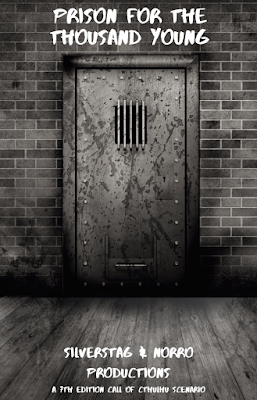 Name: Prison for a Thousand Young
Name: Prison for a Thousand Young

